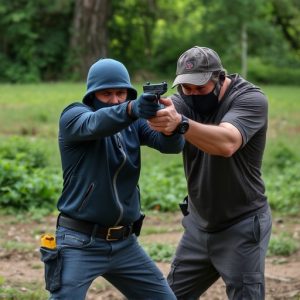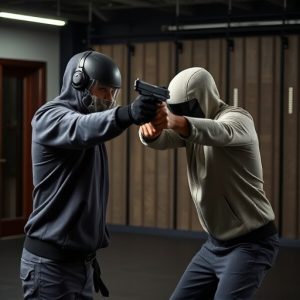Stun Gun Muscle Incapacity Duration: A Comprehensive Guide for Security Professionals
For security companies considering wholesale stun guns, understanding the effectiveness and duration…….
For security companies considering wholesale stun guns, understanding the effectiveness and duration of their impairment is crucial. Stun guns use electric current to disrupt muscle control, causing temporary incapacitation (2-15 minutes), with higher voltage models prolonging this period. Factors like stun gun design, user training, target size & fitness, and environmental conditions influence recovery time. Security companies must comply with legal guidelines regarding power output, range, durability, and safe deployment practices to ensure responsible use of wholesale stun guns for crowd control and public safety. Comprehensive training and adherence to best practices are vital for mitigating risks associated with this non-lethal force option.
The impact of stun guns, often used by security professionals, extends beyond immediate immobilization. Understanding the duration of muscle incapacitation is crucial for effective deployment and legal compliance. This article delves into the factors influencing the time a target remains paralyzed after a stun gun discharge. We explore wholesale stun guns from a security company’s perspective, analyze real-world case studies, and discuss safety protocols. By examining these aspects, we aim to provide insights into the effectiveness of stun guns in various scenarios, particularly for security companies seeking reliable solutions.
- Understanding Stun Gun Effectiveness and Duration of Impairment
- Factors Affecting Muscle Incapacity Time from Stun Guns
- Wholesale Stun Guns: A Security Company's Perspective
- Legal Considerations and Limitations for Using Stun Guns
- Safety Protocols and Best Practices for Stun Gun Deployment
- Case Studies: Analyzing Real-World Stun Gun Effectiveness
Understanding Stun Gun Effectiveness and Duration of Impairment
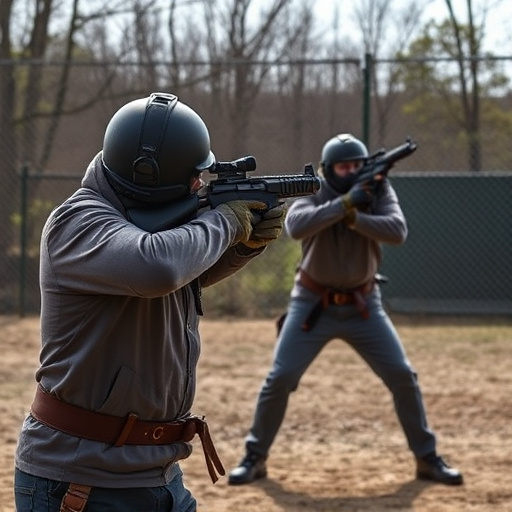
Understanding the effectiveness and duration of impairment from stun guns is crucial, especially for security companies considering wholesale stun guns for their operations. Stun guns, also known as electroshock weapons, use an electric current to disrupt muscle control in a target, causing temporary incapacitation. The intensity and length of this impairment can vary based on several factors, including the stun gun’s design, the user’s training, and the target’s physical attributes.
On average, a stun gun’s effects can last from 2 to 15 minutes, with higher-voltage models tending to induce longer durations of immobility. During this period, individuals often experience muscle spasms, disorientation, and temporary blindness. However, it’s essential to note that resistance or recovery may occur earlier for some individuals, depending on their physical condition and the stun gun’s settings. For security companies, understanding these variables is vital to ensure effective crowd control and public safety while also adhering to legal guidelines surrounding the use of such devices.
Factors Affecting Muscle Incapacity Time from Stun Guns
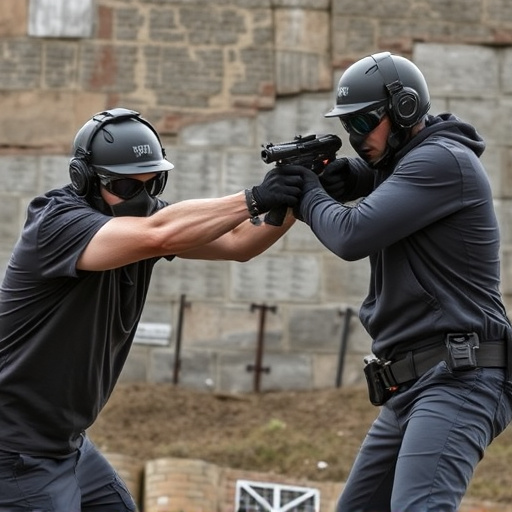
The duration of muscle incapacitation caused by stun guns can vary significantly based on several factors. One key determinant is the stun gun’s power output, which is often measured in joules. Higher-output stun guns typically result in longer periods of immobilization as they deliver a more intense electric shock. This is particularly relevant for security companies that invest in wholesale stun guns to enhance their protective capabilities.
Another influencing factor is the target’s physical condition and size. Larger individuals may experience a longer recovery time due to their higher muscle mass, whereas smaller or more fit individuals might regain mobility quicker. Environmental conditions, such as temperature and humidity, can also play a role. High environmental temperatures can accelerate the body’s recovery, while cold environments may prolong the effects of the stun by constricting blood vessels.
Wholesale Stun Guns: A Security Company's Perspective
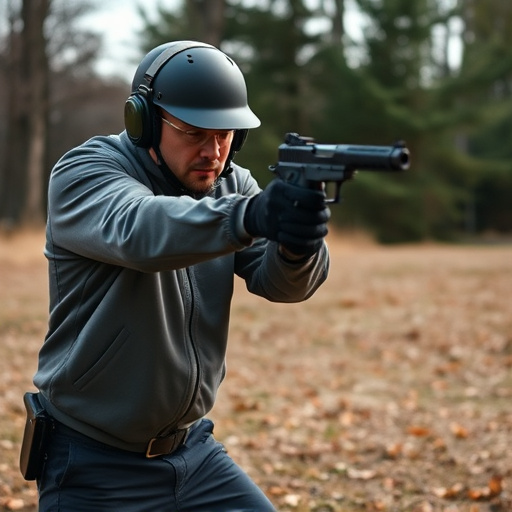
Security companies often turn to wholesale stun guns as a crucial tool in their arsenal for maintaining safety and deterring potential threats. These powerful devices provide an effective, non-lethal means of incapacitating individuals who may pose a danger to others or themselves. When choosing wholesale stun guns, security professionals consider factors such as power output, range, durability, and ease of use—all key aspects that contribute to the tool’s overall effectiveness in real-world scenarios.
A reputable supplier of wholesale stun guns offers not just high-quality products but also comprehensive training and support. This ensures that security companies can maximize the potential of these tools, understanding their capabilities and limitations. With proper training, officers can make informed decisions about when to deploy stun guns, minimizing damage while neutralizing threats, making them an invaluable asset in today’s security landscape.
Legal Considerations and Limitations for Using Stun Guns
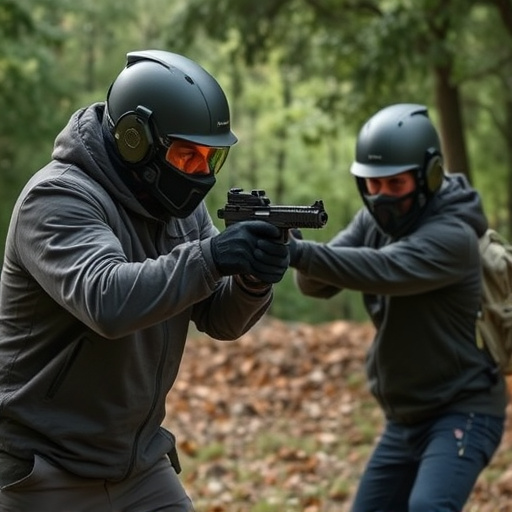
The use of stun guns, also known as electric pulse weapons, is regulated by various laws and guidelines worldwide, especially when considered for wholesale stun guns for security companies. These legal considerations are in place to balance public safety with individual rights and privacy. In many jurisdictions, stun guns are only permissible for law enforcement agencies and private security personnel under specific circumstances. The duration of muscle incapacitation caused by a stun gun is often a critical factor in these legal discussions. While stun guns are designed to temporarily disrupt an individual’s muscular control, the length of this disruption varies, and excessive or prolonged use could raise concerns about potential abuse and harm.
Security companies looking to incorporate stun guns into their arsenal must adhere to local and international regulations. These rules often dictate training requirements for staff, age restrictions, and the specific circumstances under which these devices can be deployed. Given the power and impact of stun guns, proper regulation ensures that they are used responsibly and proportionately, especially when considered as a wholesale product for security-related purposes.
Safety Protocols and Best Practices for Stun Gun Deployment
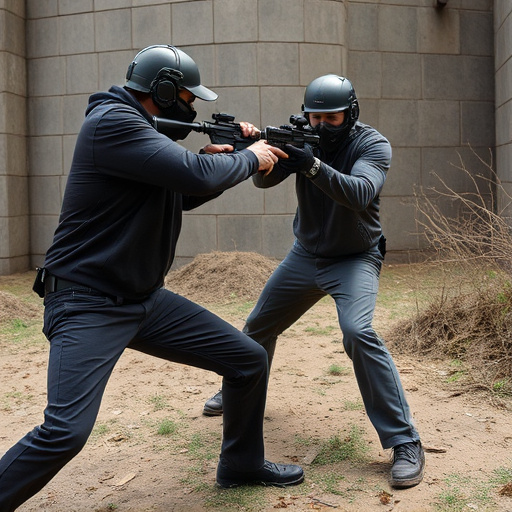
When deploying stun guns, safety protocols and best practices are paramount, especially for security companies dealing with wholesale stun guns. It’s crucial to remember that while stun guns are non-lethal weapons designed to incapacitate, their effectiveness and safe use depend on proper training and discipline. Security personnel should undergo comprehensive training in the use of stun guns, learning not just how to deploy them but also when it’s appropriate to do so, as excessive or unnecessary use can lead to unintended consequences.
Best practices include maintaining a clear understanding of local laws and regulations regarding stun gun usage, ensuring regular maintenance of equipment, and fostering an open dialogue about de-escalation techniques. Security companies should establish protocols that delineate the circumstances under which a stun gun should be used, promoting a culture of responsible and safe deployment. This includes equipping officers with first aid training to handle potential side effects from stun gun use and fostering a strong chain of command that emphasizes the importance of safety above all else.
Case Studies: Analyzing Real-World Stun Gun Effectiveness
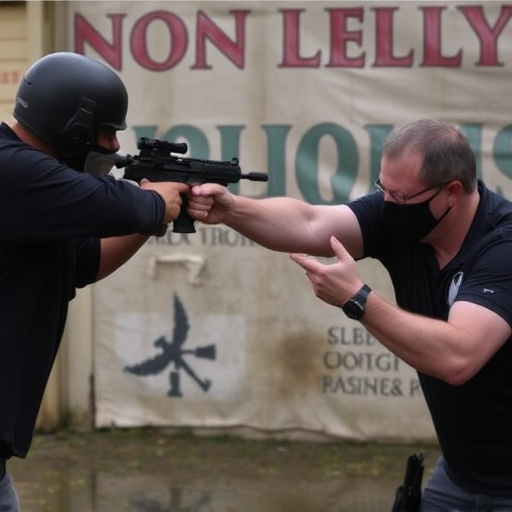
In the realm of personal defense, wholesale stun guns for security companies have become a topic of intense interest and study. Case studies analyzing real-world scenarios offer valuable insights into their effectiveness. Research has shown that stun guns can incapacitate individuals for a duration ranging from 2 to 5 minutes, depending on various factors such as the model, voltage output, and body area targeted.
These studies often involve evaluating the performance of different stun gun types in controlled environments and real-life incidents. For instance, a security company might study the impact of high-voltage stun guns on resisting suspects, noting the time it takes for them to become temporarily paralyzed and the subsequent recovery period. Such analyses are crucial for companies looking to invest in stun guns as part of their security arsenal, ensuring they make informed decisions based on concrete data.
In light of the above discussions, it’s clear that understanding the duration of muscle incapacitation from stun guns is crucial for both security professionals and law enforcement. The effectiveness and various factors influencing the impairment time highlight the importance of choosing the right stun gun, especially when considering wholesale options for security companies. Additionally, legal considerations and safety protocols underscore the need for responsible deployment practices. By studying real-world case scenarios, we can further optimize the use of stun guns, ensuring their efficiency in de-escalating potentially dangerous situations while prioritizing safety for all involved.
